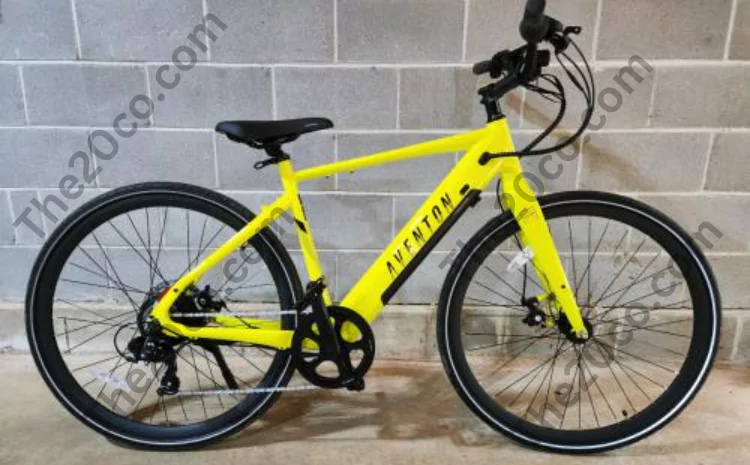An electric bike is an exciting investment that can transform health, eco-friendly commuting, and recreation. But with so many ebike types and features to evaluate, picking your first ebike can feel overwhelming. This guide covers the key considerations when choosing an ebike so your selection fits perfectly.
Key Takeaways
- Evaluate how you’ll use an ebike for, including factors like mileage range, terrain, and cargo needs, to determine ideal motor and battery power.
- Frame size should be based on your measurements for proper fit and easy mounting/dismounting.
- Suspension, brakes, adjustability, and accessories add comfort and control. Test ride when possible.
- For security, consider puncture-proof tires, wheel locks, GPS trackers, or theft insurance if parking your ebike outside frequently.
Let’s explore how to strategically buy your first ebike!
Determining How You’ll Use Your Electric Bike
Thefirst step in choosing an electric bicycle is outlininghow you plan to ride it most:
| Use Cases | Ideal eBike Type |
|---|---|
| City/commuter | Class 1 or 2 with lower power motor (250-500w) |
| Recreation | Class 1 or 3 for varied terrain. More robust motor and battery. |
| Heavy hauling/cargo | Class 3 sturdy cargo with 500-1000w motor |
| Long rural rides | Class 3 with large 18-25 amp battery for extended range |
| Off road | Class 2 or 3 fat tire for stability on trails |
Common ebike classes:
- Class 1: Has a small motor that assists with pedaling up to 20mph.
- Class 2: Equipped with a throttle, no pedaling required, to reach 20mph.
- Class 3: More powerful motor for assisted speed up to 28mph.
Your needs determine battery range, carrying capacity, motor wattage, and occasionally suspension. Share how you’ll ride most with retailers.
Getting the Right Frame Size
A properly fitted ebike frame maximizes comfort, safety, and control. Measurements like your inseam length set size:
- Standover height clearance of around 2 inches for mounting and dismounting
- Slight bend at knee with feet flat when seated for ideal pedaling position
Teens and very petite adults may need extra small XS or small S frames. Women also have narrower sit bone width on average than men.
| Frame | Rider Height |
|---|---|
| XS | 4’10 – 5’2 |
| S | 5’3 – 5’6 |
| M | 5’7 – 5’10 |
| L | 5’11 – 6’1 |
| XL | 6’2+ |
Test ride ensure proper fit for handling and stability since electric bikes feel heavier than traditional bicycles. Weight distribution varies.
Evaluating Components and Add-Ons
Customizing your dream electric bike involves assessing hardware:
- Motor: Center hub or mid-frame. Power measured in watts.
- Battery: Integrated or removable. Voltage and capacity in amp hours. May be upgradeable separately.
- Brakes: Disc provide stronger stopping power from higher ebike speeds. Check wheel size compatibility for replacement pads.
- Suspension: Front shocks soak up bumps. Full suspension also has rear. Consider if riding terrain warrants.
- Adjustability: Customizable components like seat height/angle and handlebar position fit your flexibility.
- Accessories: Luggage racks, baskets, lights, fenders, mirrors, phone mounts all boost functionality.
Don’t forget security needs – U-locks or sturdy wheel locks, built-in GPS trackers, and cycle insurance all minimize expensive theft risk.
Take Your New eBike for a Spin!
Before buying your first ebike, don’t miss taking models for an extensive test drive! Notice soundness ascending hills, comfort over bumps, ease of controls/settings, responsiveness of motor and brakes. An electric bike is an investment – test thoroughly to find the best bike for you.
Your eBike Checklist
- Terrain and usage defined
- Frame size matched to measurements
- Ideal motor wattage and battery for range
- Tested for fit and component preference
- Security needs assessed
With research and test rides, finding your perfect first electric bicycle that matches riding needs and brings joy is smooth sailing!

